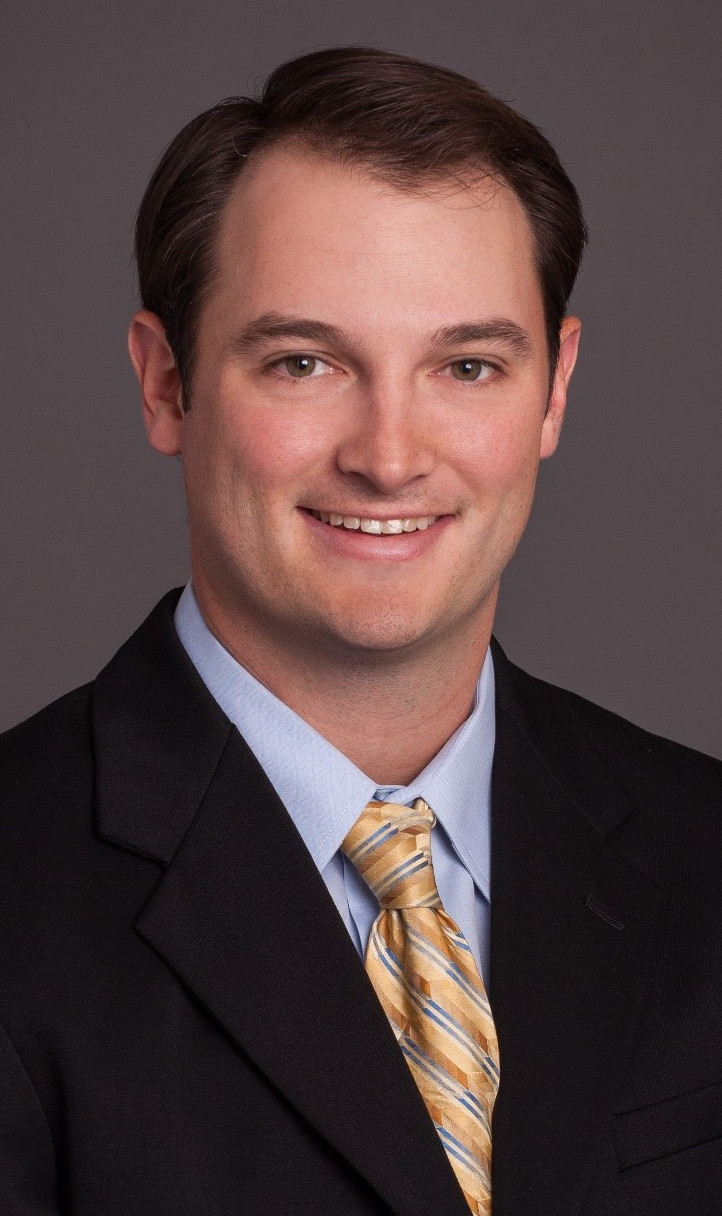CPS Energy Recloser Program Builds a Smart Grid For San Antonio
Written by Austin Arnett
Service disruptions could become far less frequent and impact fewer customers of CPS Energy in San Antonio thanks to a Recloser Deployment Program that got underway early in 2021. With design and planning recently completed, installation has begun in a program that calls for recloser devices and additional single-phase TripSavers to be placed yearly at strategic points on the metropolitan area distribution system.
These devices are a major step forward for fault location isolation and service restoration (FLISR) schemes that CPS Energy is currently deploying. Instead of rolling a truck to each outage to restore service, FLISR can automatically restore customers in minutes, saving both customer outage time and operational cost.
Building a Smarter Grid
Electric grids today are required to shoulder unprecedented demands — including two-way power flow from the upsurge in distributed energy sources like community and commercial solar installations — as well as an increasing number of battery energy storage systems designed to address intermittent production from renewable sources. Load complexity is growing as well, due to an increasing number of electric vehicle recharging stations and other new system demands.
Even with a more complex grid profile, there must be no slippage in maintaining historical levels of service reliability. In fact, reliability and resiliency are more important than ever. Even momentary power surges or sags can disrupt electronic devices and cause economic losses for large manufacturing or commercial facilities when critical equipment trips off.
For many decades, distribution circuits have been protected by circuit breakers or fuses that turn off power if a fault occurs because of lightning strikes, vegetation contact with live power lines, vehicular accidents, or power surges. These interruptions could last for hours, affecting a wide area while utility crews surveyed poles and lines to determine whether equipment had been damaged, before resetting breakers or making other needed repairs.
Now, automatic circuit reclosers essentially form the backbone of a new and smarter grid that can instantly detect and better isolate faults, limiting service interruptions to customers.
How They Work
The devices being installed on the CPS Energy distribution system include both single-phase TripSavers and more sophisticated three-phase reclosers. Both devices perform the same basic function by opening if a fault is detected and then reclosing after a short duration to detect if the fault is still present. With both devices, the cycle may be repeated up to three times as necessary.
The three-phase reclosers have the added functionality of communicating operational data related to the current system conditions as well as fault information via the supervisory control and data acquisition (SCADA) system. Distribution devices with communications functionality are linked via radio nodes in a field area network (FAN) mesh that connects the reclosers and other smart devices with the SCADA system.
With controls and radios for wireless communications built into the unit, these three-phase devices enable control center personnel to detect and locate the problem within the circuit. This information enables some repairs to be made remotely. If a remote fix is not possible, trouble crews can be quickly dispatched to the approximate location of the fault.
Without reclosers and FLISR, a tree limb that blows into a power line during a windstorm, for example, may have caused a short circuit that tripped a breaker at the distribution substation, and a large area would be blacked out until a repair crew could fix the faulted line segment and reset the breaker at the substation. With reclosers programmed to automate the reset process, a fault is isolated to a smaller section of the circuit, and the FLISR scheme quickly restores power from another source to customers who are not on the faulted circuit segment.
Both the single-phase and three-phase devices make service restoration far faster and outages often are limited to fewer customers. Disruptions that may have once taken hours now may be resolved within minutes, sometimes even without a power disruption detectible by customers.
Programmatic Approach
CPS Energy has been implementing a comprehensive service reliability program incorporating reclosers for a number of years and already has been seeing the significant benefits of installing recloser devices. In order to more quickly bring that value to all customers in the service territory, CPS Energy selected Burns & McDonnell to provide programmatic engineering and construction services to accelerate implementation of the program.
Under the current program, a dedicated team is now focusing on executing all phases of the recloser install process, from planning the placement of devices in optimal locations, through developing work orders for site locations and schedules for electrical subcontractors. The Burns & McDonnell team also provides SCADA and advanced distribution management system (ADMS) system programming and final SCADA commissioning following installation of the devices.
Another benefit of the programmatic approach is the ability for CPS Energy to be more flexible and quickly address reliability issues on circuits if they become apparent. As these devices are progressively deployed throughout the grid serving San Antonio, the 860,000 customers served by CPS Energy will now be far better protected with faster recovery from outages caused by everything from isolated incidents to extreme weather events.
This article edited by Doug Houseman.
To view all articles in this issue, please go to January 2022 eBulletin. For a downloadable copy, please visit the IEEE Smart Grid Resource Center.

To have the Bulletin delivered monthly to your inbox, join the IEEE Smart Grid Community.
Past Issues
To view archived articles, and issues, which deliver rich insight into the forces shaping the future of the smart grid. Older Bulletins (formerly eNewsletter) can be found here. To download full issues, visit the publications section of the IEEE Smart Grid Resource Center.




